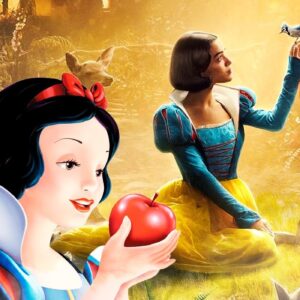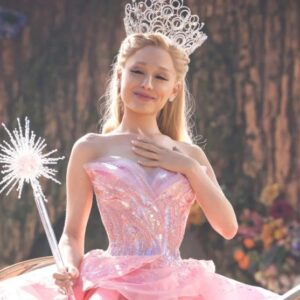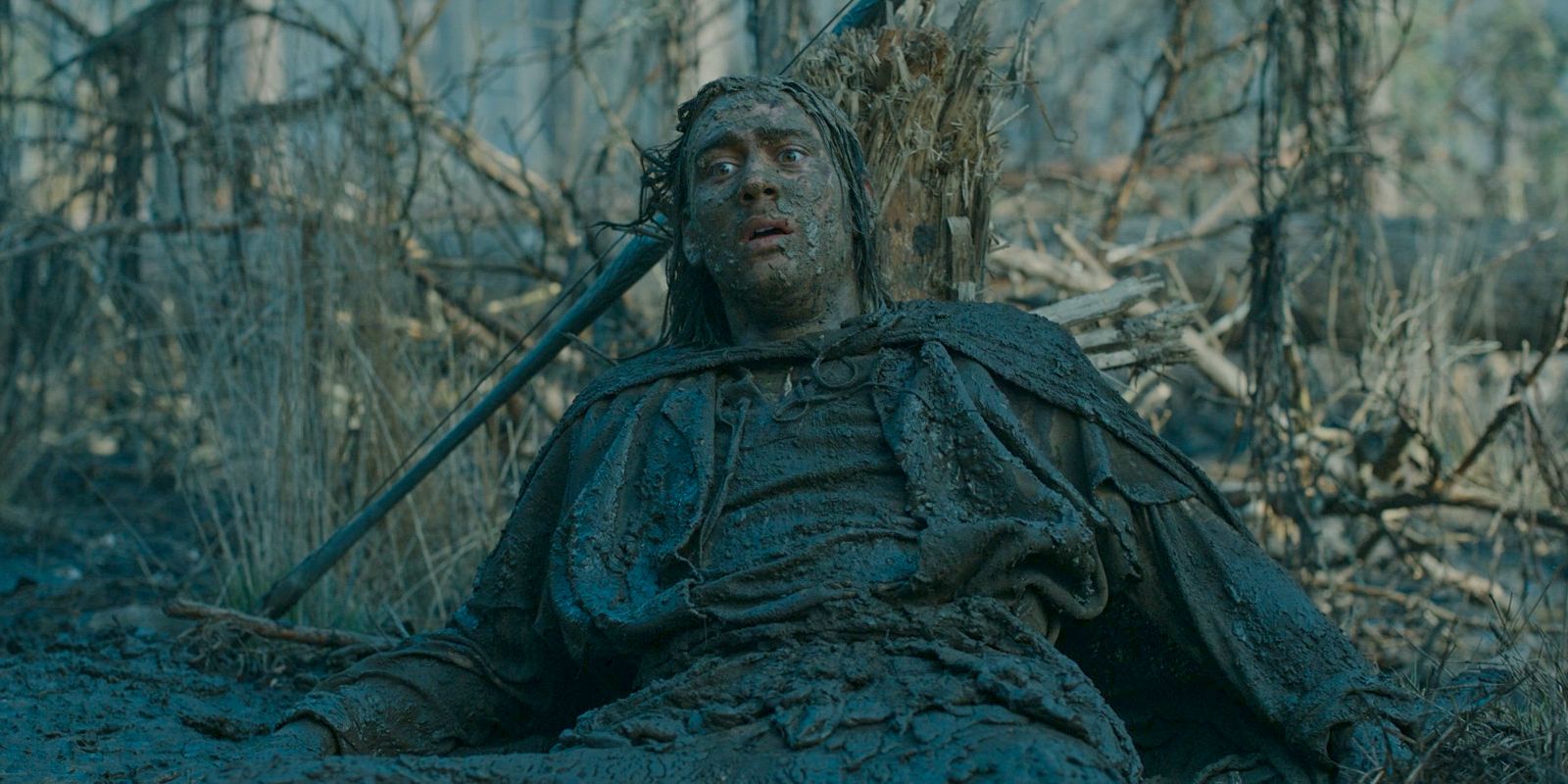
The Lord of the Rings: The Rings of Power referenced The Hobbit with its monster and answered some of the questions posed by the Peter Jackson trilogy. The Rings of Power season 2 has been plowing through epic monsters, many drawn straight from the works of fantasy author J.R.R Tolkien – the show has the rights to adapt Tolkien’s The Lord of the Rings and The Hobbit. Season 2, episode 4 debuted a mighty worm beast. This creature certainly isn’t as famous as Shelob, the Ents, or the Barrow-wights, but it is a throwback to one scene in The Hobbit: The Battle of the Five Armies.
Peter Jackson’s The Lord of the Rings and The Hobbit trilogies showed the world Tolkien monsters like Ents and Shelob for the first time, and also snuck a lesser-known monster onto screens. The movies had the rights to adapt the same material as the show does. The Hobbit: The Battle of the Five Armies premiered a giant worm monster emerging from the ground like a sandworm from Dune. This monster was a controversial addition to the movie, with tenuous ties to Tolkien, but The Rings of Power’s worm monster seems to be the same creature and provides enlightening detail on it.
The Rings Of Power Gives A Possible Origin For The Hobbit’s Worm Monsters
Episode 4 Explains The Worm Monsters
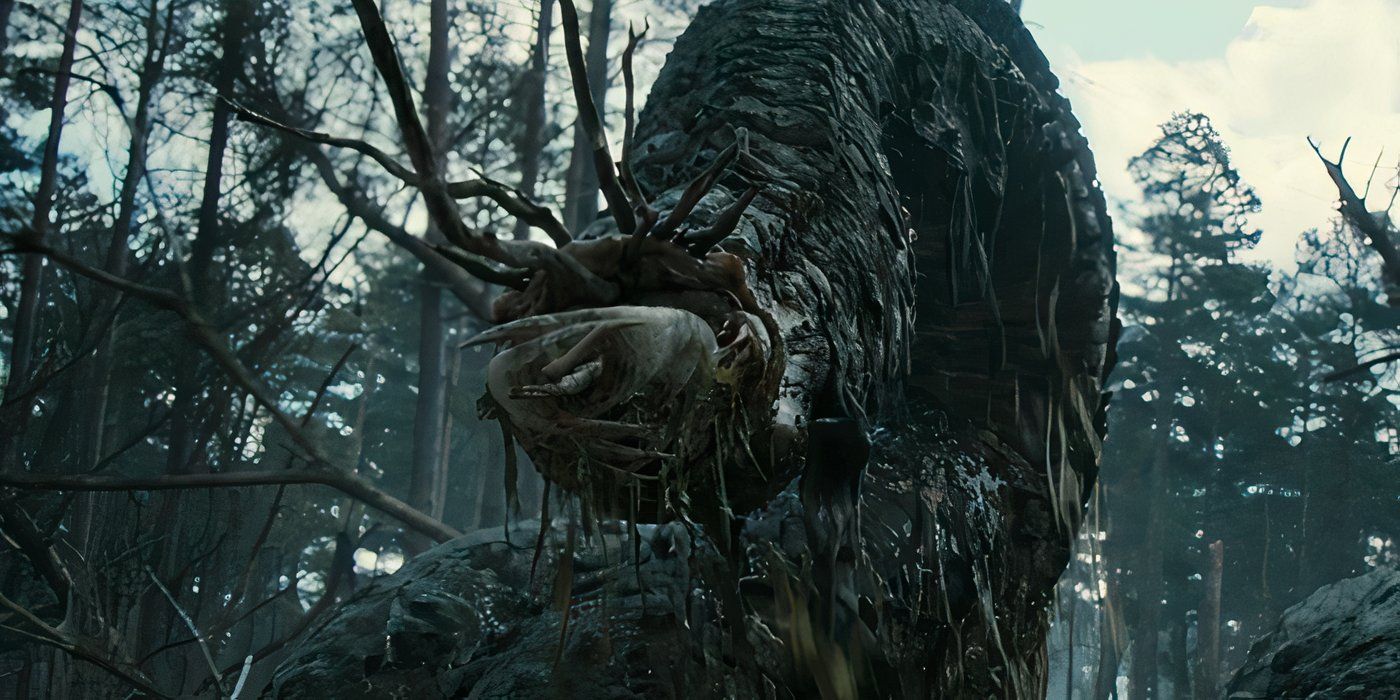
The worm monster in The Rings of Power season 2 was identified as a “nameless thing” by Elf Arondir, suggesting that Jackson’s monster could have been one of these. Not much is known about nameless things, but Gandalf encountered some during his fight with the Balrog. In The Lord of the Rings book, Gandalf explained that “Far, far below the deepest delving of the Dwarves, the world is gnawed by nameless things. Even Sauron knows them not. They are older than he.” Attacking Isildur and pulling him into the mud, this nameless thing was defeated by Arondir.
The Lord of the Rings: The Rings of Power seasons 1 and 2 are streaming on Amazon Prime and a new season 2 episode is out every Thursday.
This left audiences with a fresh visual interpretation of the beasts that gnaw the world. It makes sense for this worm beast to be a nameless thing, seeing how it tunneled underground like the creatures described by Gandalf. Although Rings of Power evidently put its own spin on Gandalf’s “nameless things,” the creature bears a strong resemblance to the worm in The Battle of the Five Armies. Gandalf called Jackson’s worm a “Were-worm” in the movie, exhibiting dubious faithfulness to the source material. Understanding the movie monster as a “nameless thing” makes it make a bit more sense.
Why Peter Jackson’s Were-Worms Were Controversial In The Hobbit
Were-Worms Had A Bigger Role In The Movie Than In The Book
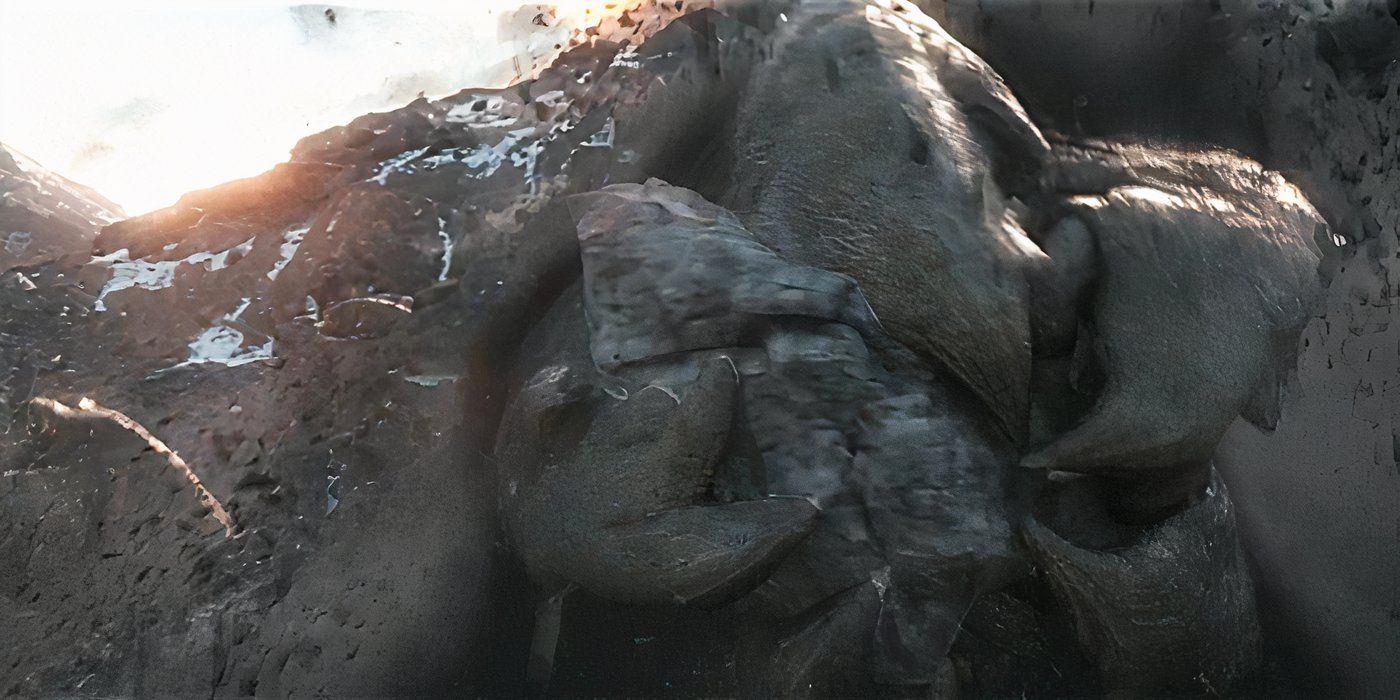
To some, the inclusion of Were-worms in an adaptation of The Hobbit book was jarring. Jackson spread out the story of one children’s book across three adult movies, necessitating substantial changes to the canon of the story and many additions. This lucrative choice annoyed fans seeking a faithful adaptation of the classic Tolkien novel, and one change that caught flack was Azog’s use of Were-worms in his dark army, which never happened in the book. However, Were-worms were a part of Tolkien’s story. The Hobbit’s protagonist, Bilbo Baggins, mentioned them at one point.
Bilbo said “Tell me what you want done, and I will try it, if I have to walk from here to the East of East and fight the wild Were-worms in the Last Desert.” Were-worms were nothing more than a Hobbit folktale and never appeared in the book outside of Bilbo’s one allusion to them. Jackson’s embellishment of The Hobbit’s plot with Were-worms was fun, though it wasn’t met well by everyone. Rings of Power developed the movie monster Jackson began building, making its role in the legendarium clearer and confirming the likelihood that it was a real monster that actually existed in Tolkien’s world, rather than a folk tale.
The Worm Beast Is A Fun Expansion On Tolkien Mythology
Tolkien Wanted To Create Myths
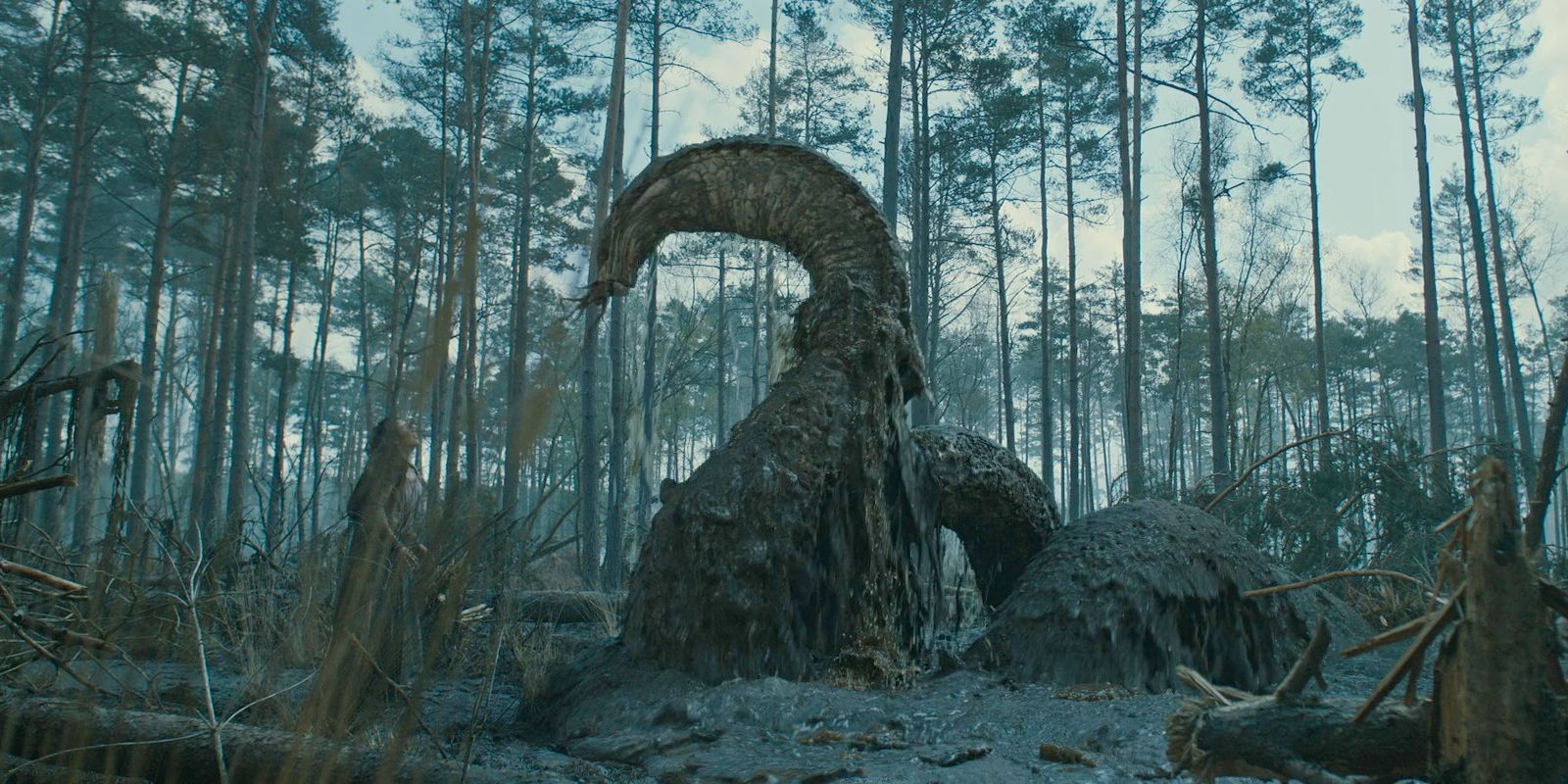
Dialogue between adaptations within The Lord of the Rings franchise honors the spirit of Tolkien’s work, which built layer upon layer of mystery, myth, and truth. J.R.R. Tolkien was ahead of his time in creating a meta book series that established each novel as a publication of characters within the story, developing an internal myth system. Bilbo wrote the story described in The Hobbit in his Red Book of Westmarch. Tolkien used a biased perspective to obscure the truth, creating a mythopoeia – a mysterious set of fictional myths. The mythical worm beast’s on-screen appearances fit nicely into this mythopoeia.
This Red Book of Westmarch was completed by Frodo and ended up containing the story of The Lord of the Rings. Likewise, many of the stories, essays, and poems that Tolkien wrote about Middle-earth were confirmed by Tolkien to have been written by Elvish scribes or minstrels. Tolkien presented his stories as biased to a certain extent, allowing the option of alternative versions of the truth to be possible. This allowed Jackson to play with the idea of Bilbo’s folk tale as real. In turn, it allowed Rings of Power to play with Jackson’s creature as a precursor to its own worm monster.
J.R.R. Tolkien asked his son, Christopher Tolkien, to edit and publish The Silmarillion after his death, which Christopher dutifully did.
After Tolkien died, his son released The Silmarillion before publishing alternative versions of the published stories in The Lord of the Rings world. This showed the story’s development and explained the editorial choices made for The Silmarillion. Inconsistencies revealed many alternative and supplementary stories to be as relevant as The Silmarillion. Magically, it all served to create an even wider myth. If adaptations can reflect this framework, more power to them. Whether Were-worm, nameless thing, or both, the monster in The Lord of the Rings: The Rings of Power season 2 fits into a mythical Tolkien tradition.
